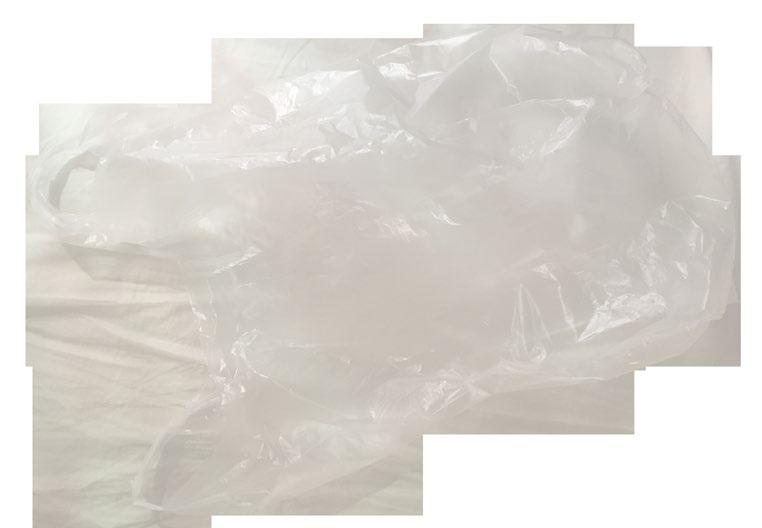
3 minute read
iv. Materiality/Subalternity
[There is] no need to hear your voice, when I can talk about you better than you can speak about yourself. No need to hear your voice. Only tell me about your pain. I want to know your story. And then I will tell it back to you in a new way. Tell it back to you in such a way that it has become mine, my own. Re-writing you, I write myself anew. I am still author, authority. I am still [the] colonizer, the speaking subject, and you are now at the center of my talk. 15
Then finally, what is a possible way out of this hegemony of actors? Where things are not allowed to speak? One possible way forward could be through post-colonial and feminist theory. Specifically subalternity.
Advertisement
“In critical theory and postcolonialism, the term subaltern designates the populations which are socially, politically, and geographically outside of the hegemonic
In “Marginality as a Site of Resistance”, bell hooks urges the subaltern person to “[speak]
from marginal space that is not a site of domination
but a place of resistance”. To not be de-colonized as you learn the teachings and language of the oppressors. To embracing speaking from the parallel. Applying thing-ness to humans and human-ness to things
margin as a place of creativity and power.
Fernando Coronil writes that our goal should be “to listen to the subaltern subjects, and to interpret what I hear”. 17 In retelling this story an academic will always morph their voice, it can’t be told through normative academia,
power structure of the colony and of the colonial homeland. In describing "history told from below", subaltern was coined by Antonio Gramsci, notably through his work on cultural hegemony, which identified the groups that are excluded from a society's established institutions and thus denied the means by which people have a voice in their society.” 16
I do realize the danger in this maybe the same goes for Things?
risks being used as justification of commodification or objectification. (Bennet 2004, pp. 360)
Gayatri Spivak, another front figure for the subaltern, and hooks, argue that the academic can’t be the expert between the Us-and-Them binary relation if they are to truly interact with the subaltern, they should listen to the subaltern’s own explanation of experience of oppression.
15. hooks, “Marginality as a Site of Resistance”, in R. Ferguson et al. (eds), Out There: Marginalization and Contemporary Cultures. Cambridge, MA: MIT, 1990: pp. 241-43. 16. Wikipedia, ‘Subaltern (postcolonialism)’, https://en.wikipedia.org/wiki/Subaltern_(postcolonialism), accessed 24 April 2018 17. Coronil, ‘Listening to the Subaltern: The Poetics of Neocolonial States’. Poetics Today. 4, 1994
So then, what is the language of the Thing and how do we listen to it?
*crunch*

*chhh-ch-cchs* *shwash*
I’d argue that one way is to listen to how the Thing acts. How they materialize, how they move and swell, how they crumple and crease (and actually listen to them), how they rip and tear, how they fly and dive, how they fall apart and becomes two new Things, how they multiply and break down, how they kill and die. bell hooks’ “Marginality as a Site of Resistance” becomes Materiality as site of resistance.

Take a plastic bag at home. Squeeze and twist them. Listen carefully, really carefully, to the sound they make. Watch how they envelop your fingers, how they reflect the light. Look really close, do they have irregularities? Are they matte, shiny, transparent, translucent or all of them?








